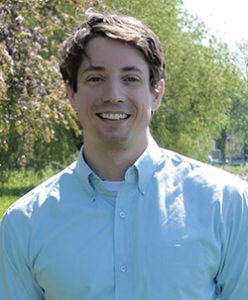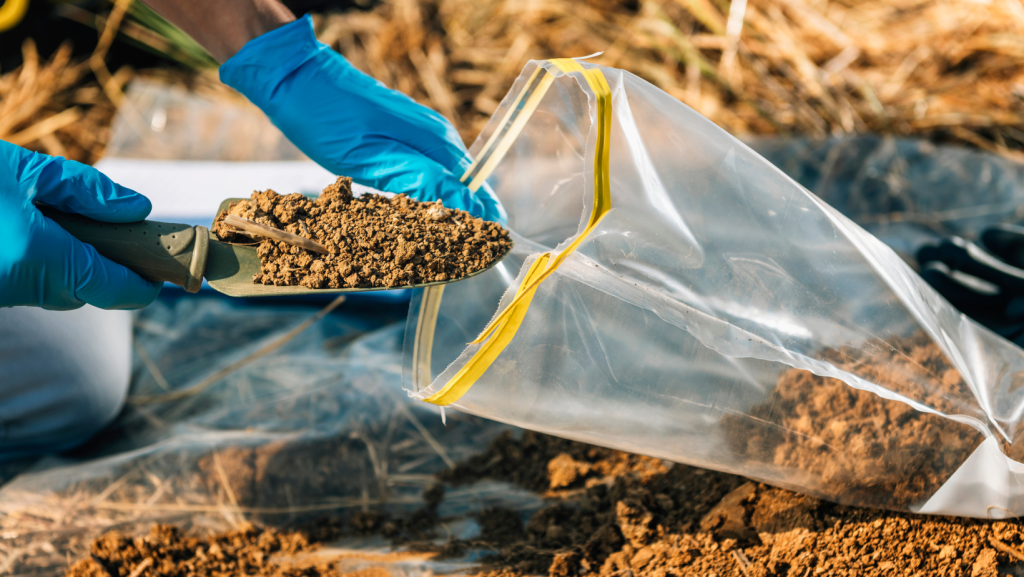Earlier this year, Clean Wisconsin’s Science Program Director, Paul Mathewson, went a step further than the average scientist. He dove deep into cross-referencing the carbon calculations reported within the agriculture sector module of the EPA’s State Inventory Tool. The State Inventory Tool is used by state agencies to calculate and monitor greenhouse gas emissions by sector. The Wisconsin DNR, for instance, used this tool in their 2021 Greenhouse Gas (GHG) Inventory Report. Clean Wisconsin’s Natural Climate Solutions (NCS) team draws upon the DNR GHG Inventory Report to identify the best agricultural practices for our state to achieve net-zero emissions by 2050. What Paul found, however, puzzled him. Working through the calculations, it appeared as though direct emissions from pasture-deposited manure was counted twice, resulting in a significant overestimation of emissions released by livestock manure from agricultural fields in WI (2.786 MMT CO2eq vs.1.965 MMT CO2eq; a 40% overestimation).
In an effort to either understand the logic behind counting pasture-deposited manure twice or to clarify his understanding of what is happening in the calculation, Paul reached out to his NCS team to see if anyone had EPA contacts who might be able to put him in touch with staff that work with the Ag sector module. Within 30 min, Natural Climate Solutions Manager, Katherine (Kata) Young, was able to connect Paul with both the EPA’s Agriculture, Forestry and Other Land-Uses Coordinator for the U.S. GHG Inventory and with the Team Lead for the EPA’s State Inventory Tool. Upon review, the EPA confirmed Paul’s findings that the pasture-deposited manure was double-counted. The EPA also took immediate action to revise the tool. They have since issued a release of the revised version.

Correcting this error in the State Inventory Tool resulted in an 11% reduction in GHG emissions from agricultural soils in WI (and 5% overall reduction from Wisconsin’s agricultural sector). This is good news, since it means Wisconsin now has a lower level of agricultural emissions to offset with carbon sequestration to achieve our state goal of net-zero emissions by 2050. It also means removing the false emissions modeling “penalty” for grazing livestock, since the error was double counting N2O emissions from pastured animals. This is also good timing, as a new bi-partisan bill led by Clean Wisconsin’s Water & Agriculture Program Director, Sara Walling, has been making its way through the Wisconsin House and Senate Agriculture Committees. This bill would create a new DATCP program called the “Transition to Grass Pilot Program” and provide up to $40,000 per farmer in grants aimed at increasing access to technical assistance and support in establishing new grazing systems.
Thanks to Paul’s expert eye, his commitment to applying rigorous scientific review to de-mystify national baseline numbers, and to the strong teamwork of the NCS Team, Clean Wisconsin was able to have a significant impact at both the state and national level. This attention to detail ensures that our science-based policies are well-founded on accurate scientific data.

